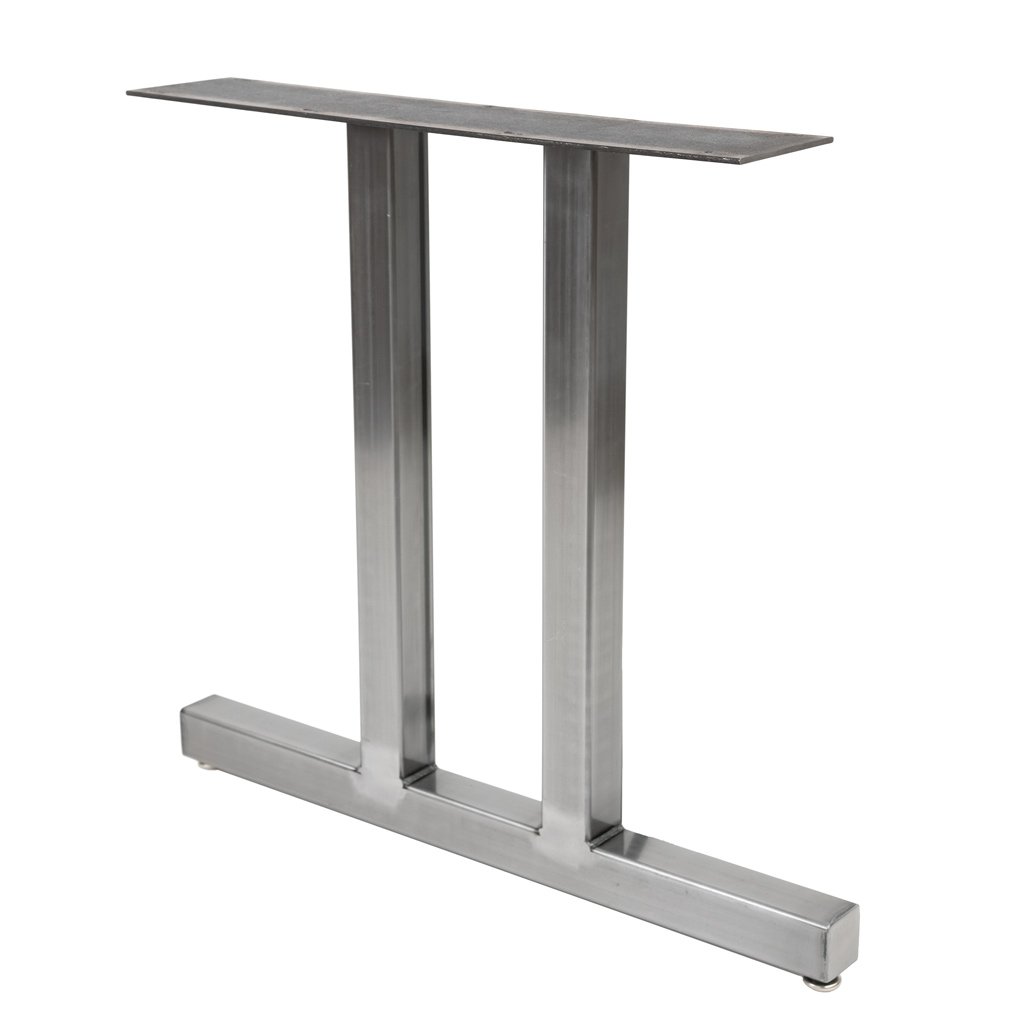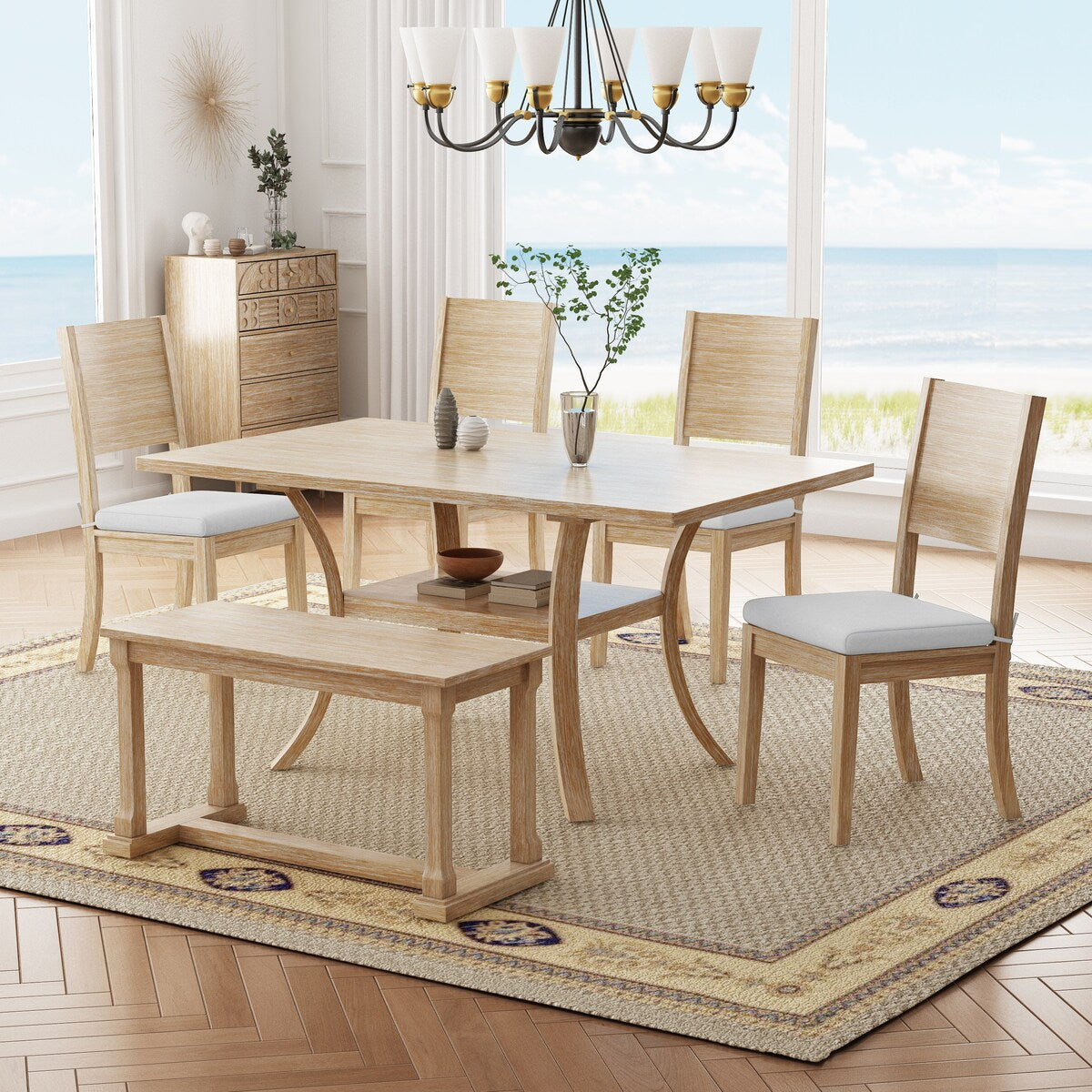How to Maintain and Care for Your Dining Room Table Legs
How to Maintain and Care for Your Dining Room Table Legs
Blog Article
Expert Tips for Installing Dining-room Table Legs for Optimum Security
When it concerns setting up eating space table legs, accomplishing maximum stability is critical for both capability and aesthetics. The procedure starts with picking the best products and hardware, adhered to by thorough positioning and factor to consider of weight circulation. Each action plays an essential role in guaranteeing that the ended up product endures daily use without endangering safety or layout honesty. Nevertheless, understanding the nuances of these elements can significantly influence the overall end result. What certain techniques can improve stability also better?
Pick the Right Legs
When choosing the suitable legs for your dining-room table, it is important to consider both functionality and aesthetics. The legs you choose will dramatically affect the general design and stability of the table. Assess the table's intended use; if you anticipate regular gatherings, stronger legs, such as those made from strong timber or metal, might be extra ideal, as they provide raised durability and support.
Next, consider the height and style of the legs in regard to the table top. Basic eating tables commonly vary from 28 to 30 inches in height, so make sure the legs straighten with this requirement for comfort. The style of the legs must match the design of the table top-- whether it be modern, rustic, or standard. Conical legs can add a contemporary touch, while turned legs could convey a much more timeless visual.

Select Appropriate Hardware
How can the ideal equipment improve the stability and durability of your dining-room table? The selection of suitable hardware is important to ensuring that the legs of your table are safely connected and able to stand up to regular use. High-grade screws, bolts, and braces give the essential strength to sustain the weight of the table, as well as any type of added tons put upon it during events or meals.
When picking screws, select those made from sturdy products such as stainless steel or brass, which resist deterioration and keep integrity with time. The length of the screws is similarly crucial; they should penetrate deeply into the table's structure without endangering stability. For bolted links, consider utilizing lock washers to stop loosening due to vibration or movement.
Additionally, utilizing edge braces can add added assistance, particularly for bigger tables or those with larger tops. These brackets disperse weight evenly and aid maintain the table's form. Making certain that the equipment you select is ideal for the certain materials of your table will certainly better boost its general stability and Discover More durability, allowing you to appreciate your eating experience for years to come.
Ensure Proper Alignment
Appropriate placement of eating area table legs is important for both aesthetic allure and useful security. To accomplish optimal placement, begin by gauging the distance from the table's edges to the leg accessory points.
Utilize a level during installment to validate that each leg is perpendicular to the tabletop. It is recommended to note the preferred leg placements on the underside of the table with a pencil or concealing tape prior to securing them.
Furthermore, confirm the alignment after the preliminary screws are tightened up, as adjustments might be essential before totally protecting the equipment. By focusing on appropriate placement, you not just boost the table's overall design but also make certain that it continues to be practical and steady for several years to find.

Think About Weight Distribution
After ensuring proper positioning of the dining-room table legs, it is necessary to consider weight distribution to boost security and performance. dining the original source room table legs. Proper weight circulation is crucial in preventing wobbling and making sure that the table can support its designated tons without danger of tipping or collapsing
When positioning the legs, guarantee they are put at equal distances from the center of the table to uniformly distribute the weight throughout the framework. Consider the weight of the table top and any things that will often relax on it, such as tabletop devices or ornamental pieces. Tables with much heavier surface areas ought to ideally have legs positioned closer to the corners, as this takes full advantage of the base of assistance and reduces the threat of instability.
Additionally, if the table is planned for use in a high-traffic location, take into consideration using larger products for the legs or adding stabilizing elements, such as cross-bracing or a reduced rack - dining room table legs. These read here changes can help maintain equilibrium and stop shifting during usage. Ultimately, a well-considered weight distribution method will substantially enhance the table's general performance, guaranteeing it continues to be a attractive and practical centerpiece for your dining area
Test Security Before Usage
Examining the security of the dining space table before use is an important action that should not be forgotten. If the table reveals instability, identify the legs or joints that might require change.
Next, inspect that all fasteners and screws are tightened properly. Loose connections can cause instability and prospective damage over time. If essential, use wood adhesive on joints to improve security, ensuring to allow sufficient drying time.

Verdict
Finally, the installment of dining-room table legs calls for mindful factor to consider of materials, hardware, placement, and weight distribution to attain maximum stability. By choosing sturdy legs and high-quality bolts, making sure precise positioning, and distributing weight evenly, the structural integrity of the table can be substantially boosted. Conducting a stability test prior to normal usage further makes certain that the table will certainly hold up against everyday stress, thereby giving a secure and reliable dining experience.
When it comes to mounting eating area table legs, achieving maximum stability is vital for both performance and aesthetic appeals. The legs you select will substantially affect the general style and stability of the table (dining room table legs). Standard eating tables typically range from 28 to 30 inches in elevation, so guarantee the legs straighten with this requirement for comfort.Proper alignment of dining room table legs is necessary for both aesthetic allure and functional stability.In final thought, the setup of dining space table legs requires cautious factor to consider of products, weight, positioning, and equipment distribution to achieve optimum security
Report this page